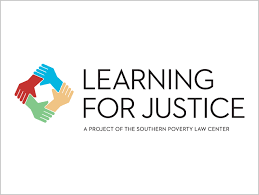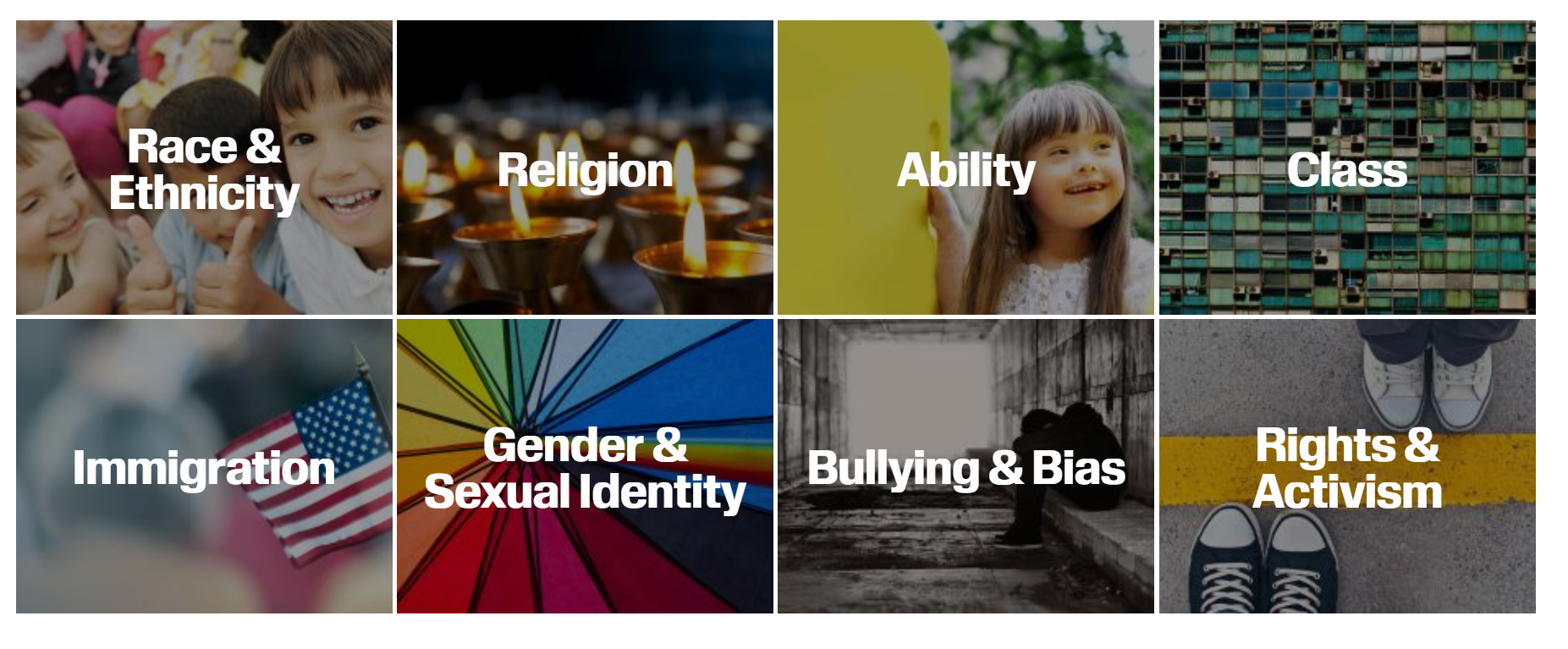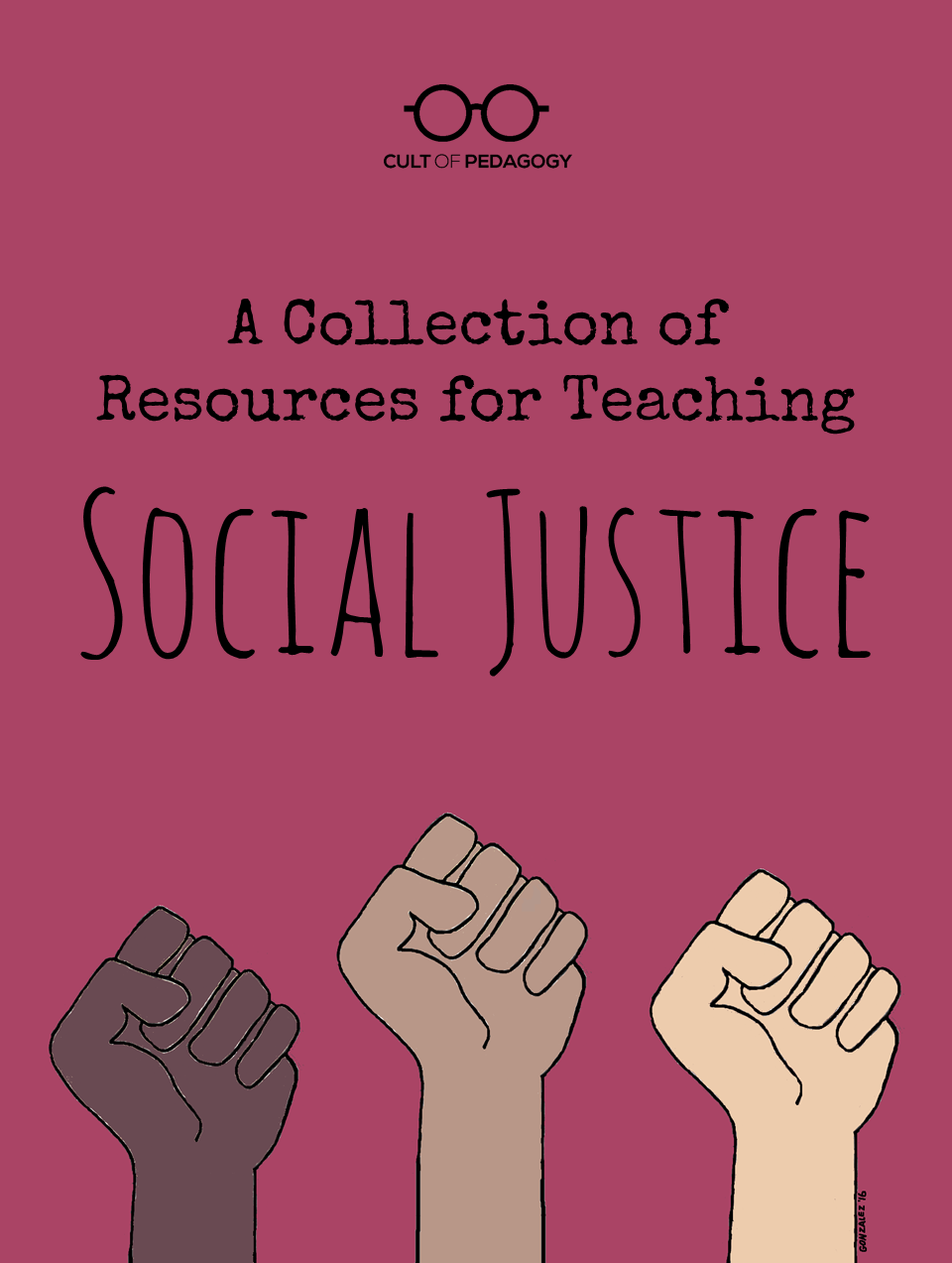The tool I chose for my blog is, Learning For Justice. There are a few reasons that I chose this tool. For starters, I chose this tool because I have prior experience with this tool. I have used it in activities in my preschool classroom about social awareness and social justice. The other reason I chose this tool is the number of resources it provides teachers and students to broaden their understanding of social justice topics around the world. This tool provides lesson plans, student texts, professional development resources, and research tools for teachers and students.

There are eight main content areas to choose from.
- Race & Ethnicity
- Encourages students to challenge preconceptions about racial and ethnic identities and to learn to work in our diverse world.
- Religion
- Students can explore their own religious beliefs and can explore Global religions to gain a better understanding of them.
- Ability
- Allows students to learn about individuals with disabilities and how to help them feel more included.
- Class
- Students can develop a deeper understanding of the economic class system.
- Immigration
- This category helps students understand the history behind immigration in America.
- Gender & Sexual Identity
- Allows students the tools to learn more about the LGBTQ+ community and how to advocate for them.
- Bullying & Bias
- Students can find resources here about how to challenge discrimination and learn how to fight against bias and bullying.
- Rights & Activism
- Students can learn about the different rights that humans have and allow chances for civic engagement.

Under the Classroom Resources section, educators can find different resources they can use in their classrooms. The resources include pre-built lesson plans, a lesson plan builder, teaching strategies, student texts, student tasks, film kits, and posters to promote social justice. The pre-built lesson plan option allows teachers to choose what category they want the lesson plan to be about and their grade level. The pre-built lesson plans are for grades K – 12. For example, teachers can choose a lesson about voting rights for 6th graders or an empathy lesson for Kindergarten students. Each lesson plan has a subject, an objective, and a list of activities in which students can participate. Teachers can also use the student texts and tasks to create their lesson plan in the lesson plan builder if they want to use their creativity to create a lesson plan focused on one of the topics.

In the professional development section of the website, teachers can broaden their own understanding of the social justice world through webinars, workshops, podcasts, and so much more. There is a paywall for these seminars however, they are worth it. Teachers can learn so much from these about how to teach their students about the social justice curriculum and tips teachers can use in their classrooms beneficially. It allows teachers the tools to teach history about our world that is not the easiest to discuss, especially with young children.
The final option teachers can choose from is magazines and publications. This option provides a link to their publication from their magazine “Learning For Justice Magazine” with articles about current events in the world about social justice topics.

After reviewing the website, I found that it has many benefits for future educators around the country. We are teaching the next generation in a confusing and crazy world. It is important to help students understand how they can change the world at a young age which can lead to a better tomorrow for all.